The secondary doesn't send a negative voltage to Q1, but a negative voltage can build up through the current demand from the secondary winding.
Initially there is no current anywhere. On power-up current flows from the battery through R into the Base-Emitter of Q. This means that Q can conduct from Collector to Emitter.
Current results in a magnetic field building up in the transformer. The secondary is subjected to this field and will try to counteract it ("inductors do not like changes to their magnetic field").
As indicated by the polarity dots, the secondary will need current from the base node of Q and it will try to charge the parasitic capacitor.
As Q can not provide this current, it must come through R or through D (and it is not likely to be provided by a parasitic because R and D are easier to get the current from).
As the base voltage is higher than ground, the current will come through R, and it will therefore start to lower the base voltage.
At some point the current in the primary of T can no longer increase because BE will decrease.
If the secondary demands current beyond \$V_{batt}/R\$, the diode D will start to conduct and provide most of the extra current.
This is where the voltage on the base of Q can be negative.
As Q is now "closed", the current in the primary must either be 0 or a voltage might be building up in the primary to keep it running (there is no "flyback" on the primary of T). I'll suppose the current has ceased.
Now the voltage that has been built up over the secondary will (have) start(ed) reversing the current in the secondary. Therefore the current in the primary will also be reversed - it can flow through the BC diode of the transistor into the resistor or through the battery and the diode if the voltage is high enough and/or the secondary winding.
The voltage BE will be positive again, and it all starts over.
In the schematic current into BE is limited by the resistor at first, so that current in the primary will be limited also at first, but current coming from the secondary coil is not limited the same way - it is limited by the energy that was "charged" in the secondary winding (and "parasitic").
If the secondary winding can not conduct, then the primary winding should see its current rise up to \$ \beta \$ of Q times the base current limited by R.
Voltage over the primary will drop to 0 as there is no longer a current change needed to sustain a voltage.
Anyway, I hope you can see how the voltage on the base can be negative.



